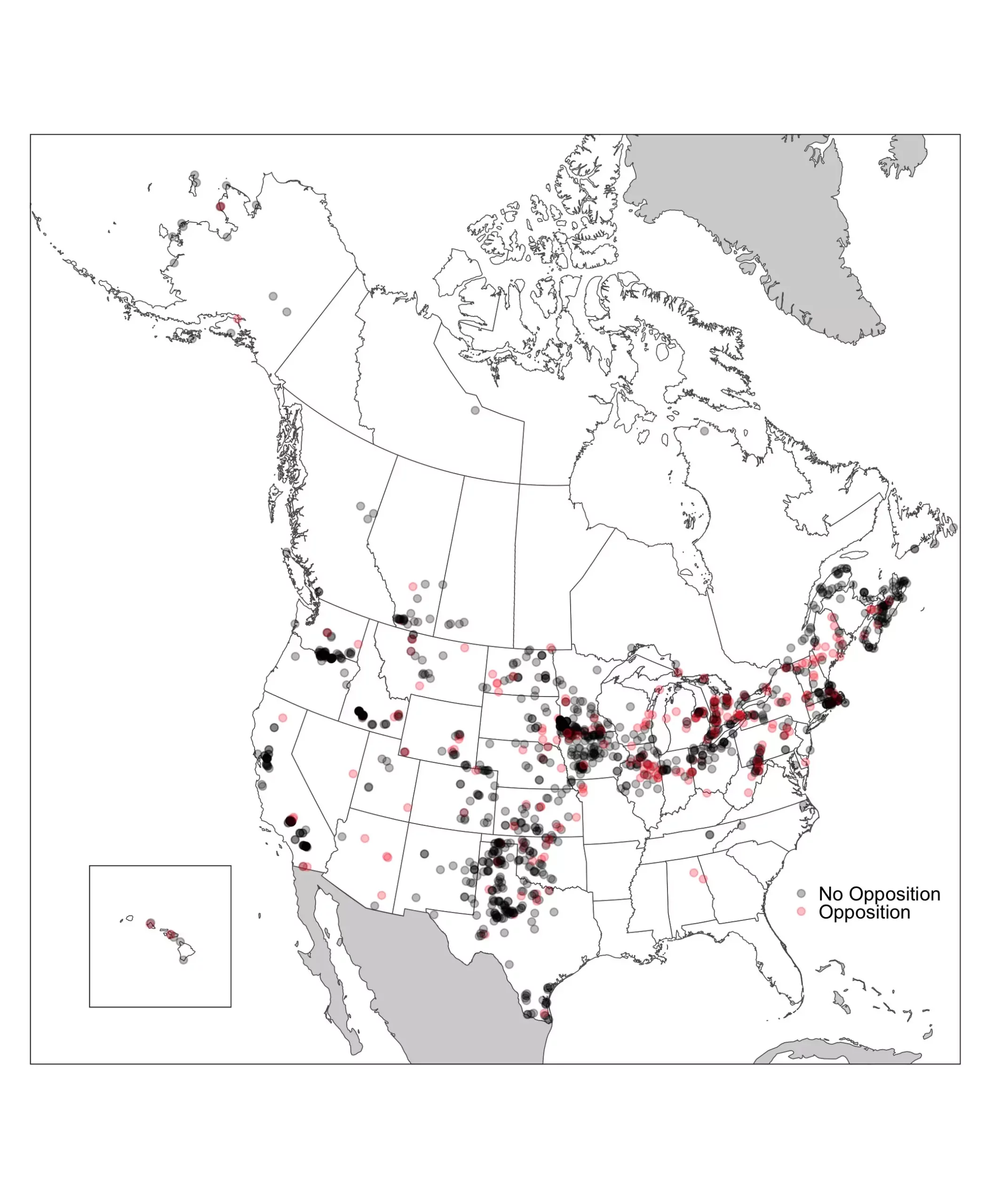The urgency to address the climate crisis has heightened the need for clean energy alternatives. Among the various sources of clean energy, wind energy stands out as the most widely adopted. However, the deployment of wind energy projects continues to face significant challenges, particularly due to local opposition. A thought-provoking study published in the Proceedings of the National Academy of Sciences (PNAS) sheds light on the prevalence of opposition to wind energy projects in North America, examining the factors that contribute to such opposition and their implications.
Conducted by researchers from UC Santa Barbara, the University of Michigan, and Gallup Inc., the study evaluated wind energy projects across the United States and Canada. Unlike previous research that focused on specific case studies or limited geographic areas, this study aimed to provide a comprehensive understanding of the landscape of political opposition to wind energy projects.
The findings of the study reveal that nearly one in five wind energy projects faced opposition. Specifically, 17% of wind projects in the United States and 18% in Canada encountered opposition. These figures highlight the substantial barriers that impede the widespread deployment of wind energy.
The study identifies several key characteristics associated with opposition to wind farms. One noteworthy pattern is that opposition tends to be driven by relatively small groups of local opponents. Moreover, the study uncovers an interesting distinction between the two countries. In the United States, opposition is more prevalent in whiter communities, particularly those in the Northeast, where wind energy projects face resistance. On the other hand, in Canada, opposition is more likely to come from wealthier communities, primarily concentrated in Ontario.
Examining the demographics of opposition participants reveals an unfortunate reality. In the United States, the individuals opposing wind projects are overwhelmingly likely to be white, accounting for a staggering 92.4% of opposition figures. This racial disparity underscores the complexity of environmental justice and the need for equitable clean energy transitions.
The study further explores the concept of “energy privilege” to describe this issue of environmental justice. By opposing clean energy projects, wealthier white communities can continue to rely on fossil fuels, perpetuating the pollution burden on lower-income communities and communities of color. This perpetuation of energy privilege extends the lifespan of fossil fuel power plants, hindering progress towards a sustainable and equitable energy future. Addressing these disparities is crucial to ensure justice within the clean energy transition.
Size Matters: The Role of Project Scale
Another notable finding of the study is the correlation between project size and opposition. Larger wind projects were found to be more likely to face opposition compared to their smaller counterparts. This trend suggests that the magnitude of a project may amplify existing concerns or generate new ones, leading to a higher likelihood of opposition.
Understanding the factors contributing to opposition is a vital step towards finding effective solutions and ensuring a smooth transition to clean energy. This compelling study highlights the prevalence of opposition to wind energy projects and the disparities that exist within this opposition. By acknowledging the challenges and addressing them through inclusive and equitable approaches, societies can overcome local barriers and accelerate the deployment of clean and sustainable wind energy. Only then can the world move closer to achieving a collective goal of combatting climate change while ensuring environmental justice for all.


Leave a Reply